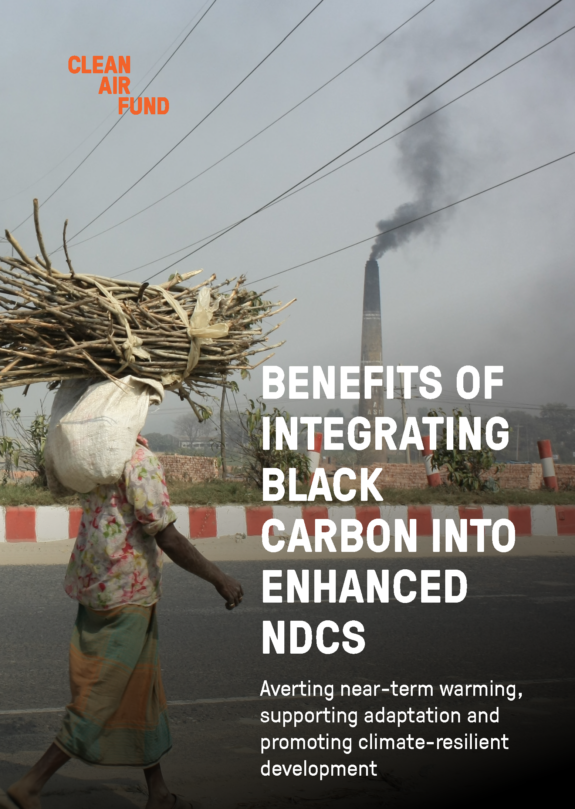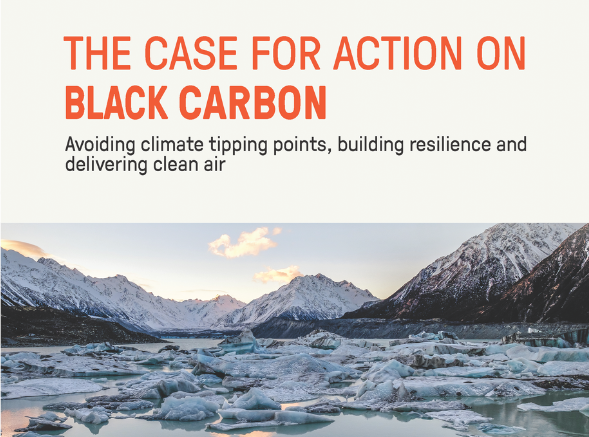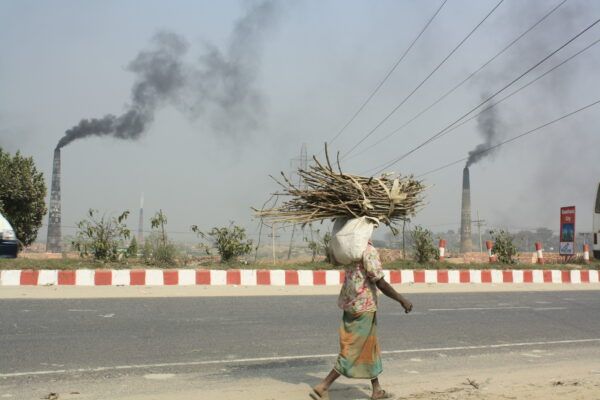
Why should climate plans address black carbon?
Black carbon is a super pollutant (short-lived climate pollutant) that contributes to global and regional warming, accelerates critical climate tipping points, and seriously harms human health. As a component of air pollution, black carbon significantly contributes to over 8 million premature deaths and trillions of dollars of economic cost each year – disproportionately affecting vulnerable communities.
Reducing black carbon emissions delivers an almost-immediate impact on climate mitigation. Alongside robust decarbonisation targets, reducing emissions can deliver increased ambition within enhanced nationally determined contributions (NDCs).
Black carbon emissions reduction contributes to local adaptation and water and food security – by reducing glacier melt, the impacts of extreme heat and minimising disruption to monsoon and weather patterns.
Tackling black carbon and it sources within nationally determined contributions (NDCs) aligns with the principles of the Paris Agreement on sustainable development and poverty eradication, the call to reduce emissions of non-CO2 pollutants in the COP28 decision text, and will realise fast and localised benefits.
How should governments integrate black carbon reductions?
Black carbon should be integrated into enhanced NDCs with an emissions reduction target that is separate and in addition to carbon dioxide, methane and other greenhouse gases. The target should be additional to existing work, span a range of economic sectors, and be accompanied by key details for implementation.
A range of government departments may already collect data on and mitigate black carbon emissions (e.g. for air quality management) – so cross-departmental collaboration can make it efficient to build emissions inventories and include black carbon mitigation in NDCs.
Guidance and tools to support the integration of black carbon into enhanced NDCs is available.

